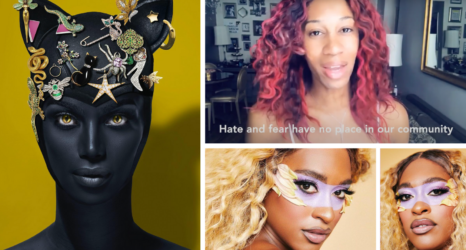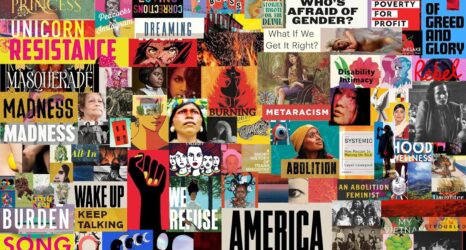From Eve to Sojourner Truth, the Baltimore Museum of Art’s “Women Behaving Badly: 400 Years of Power and Protest” explores how women have been rebellious and revolutionary throughout history.
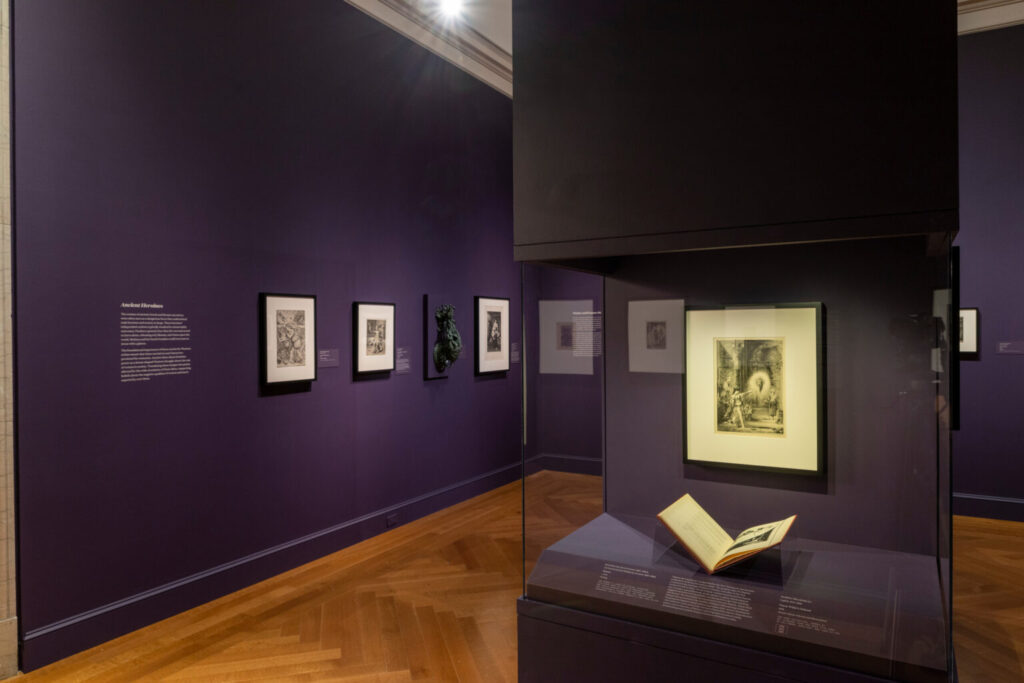
Seeing leads to believing. So much so that the Baltimore Museum of Art’s (BMA) Women Behaving Badly: 400 Years of Power and Protest with prints, photographs and books from the Renaissance to the early 20th century shows what history books have chronicled and is thus been embedded through visual culture: Women are transgressive, inflammatory and disruptive.
Printed imagery has perpeturated gendered stereotypes whether of heroines of ancient myth or modern female trailblazers. “Rebellious women who pushed against the confines of their prescribed roles to assert agency and claim their human rights have long been trivialized, shamed and punished” said Dr. Andaleeb Badiee Banta, BMA senior curator of prints, drawings and photographs.
It starts with Eve, the first woman to be blamed as responsible for all mankind’s subsequent troubles and ills. The first part of the exhibit explores how the unknown but so named first biblical woman, Eve, is linked to her counterpart in Greek myths, Pandora who opened the box that let out ills into the world. Other famous Biblical women as Delilah, Judith and Salome are famous for their seductive and murderous deeds while the Greeks feared Medusa with her head of snakes.
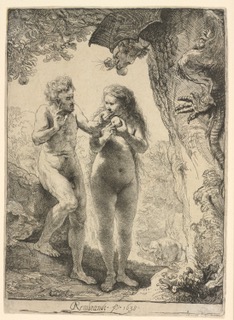
This narrative continues through the centuries of prints with archetypal imagery of witches, vampires and other embodiments of female temptation. There are vague creatures of horrifying evil—the spookiest being John Raphael Smith’s Three Weird Sisters (1785) which references the three witches in Shakespeare’s Macbeth.
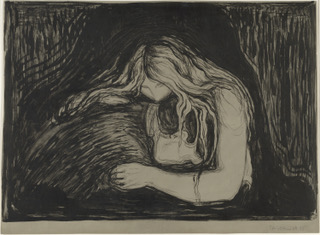
These early 16th century prints by Rembrandt, Albrecht Dürer, Francisco Goya and later by Edvard Munch and Oscar Wilde are all unquestionably great works as art, but also ones that share the underlying theme of “women behaving badly.”
The second section of the exhibit covers the modern era—from circa 1800 to the period of first-wave feminism in the early 20th century. Where there’s smoke there’s fire—Russell Paterson’s 1920 image is so true! Women were lightening up—more then cigarettes—in a breakaway moment from traditionally domestic roles as wife and mother to make a public presence.
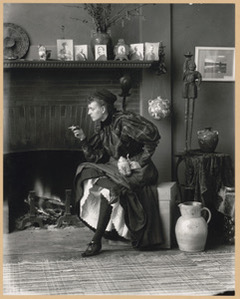
Here are famous women performers and dancers who are particularly characterized as having scandalous careers. Photographs of Bessie Smith, Isadore Duncan and Josephine Baker, are co-located with Henri de Toulouse-Lautrec’s Carnival at the Moulin-Rouge,Cha-U-Kao’s Entrance (1896).
Photography as an art media gained importance in this time providing opportunities for the variety in works. BMA Go Mobile, the museum’s smartphone-optimized website, provides further discussion of 20 objects (click on American Art, Gallery 2 and 3). Included are Edward Steichen’s photo of groundbreaking actress Anna May Wong with clips of her films and a photo of lifelong activist Mary Church Terrell videos about her advocacy for civil rights and women’s suffrage.
A standout is an 1890s color lithograph of the legendary actress Sarah Bernhardt in her role as Joan of Arc. A woman can be viewed as a great heroic figure, but only if she is playing a role as actress on the stage.
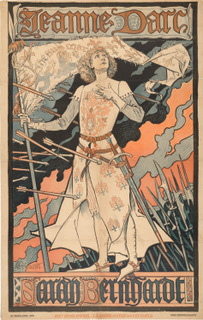
The third room of the exhibit extends these ideas to display women who emerging in activist roles. Highlights are formidable women writers like Collette, Virginia Woolf, Julia Ward Howe and George Sand, as well as famous activists Susan B. Anthony, Harriet Tubman and Sojourner Truth.
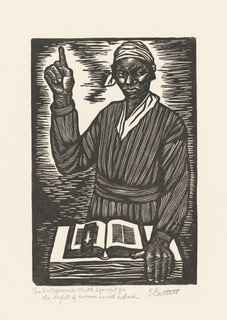
While there are female artists who portray the pioneering modern women in the exhibit (Bernarda Bryson Shahn, Elizabeth Catlett, Gisèle Freund, Frances Benjamin Johnston and Sarah Choate Sears), the most famous artists documenting these women are men: Man Ray, Edward Steichen, Carl Van Vechten and James Van Der Zee.
In contrast to the perhaps limited viewers of many of these art works in their time, cartoons were accessible to a wide audience. As counterpoint to the images of heroic women, there are several cartoonish depictions in which both women and men regard suffragettes as the enemy. Conde Nast’s Get Thee behind me Satan (1934-35) shows a woman on a rocky path carrying two children and a drunken husband on her back while being tempted by Victoria Woodhull depicted as a devil as she holds a sign reading: “Be saved by free love.” The 1920 cartoon by Oscar Edward Cesare, The Women’s Party and Mere Man depicts members of the Women’s Party mounted on horses and charging a group of men in front of the U.S. Capitol.
Every artwork has two histories. One relates its artist, its media, its value and appreciation over time. The other story is the underlying but constant beliefs, religious or secular, that it presents, ever so skillfully, in its aesthetic form. Museums exhibits in the recent past, have sought to present exhibits of art by women artists, each time including a note that “she was not appreciated in her own time.” Yet works by feminist artists tell only part of this story. What this exhibit unfolds is a way to look behind that traditional lens to the history of how women were presented in an enduring cultural form that is valued like art.
“Art has played a powerful role as a messenger through time and culture, both upholding and reimagining longstanding misconceptions,” Banta said. “Women Behaving Badly reclaims the representations of women whose actions were chronicled in visual culture as transgressive, inflammatory and disruptive and celebrates the groundwork they laid for generations of women afterward.”
Art extends beyond works on paper, into multiple cultural media that influence perceptions. These are not stories of goddesses or queens to be admired for their beautiful portraits but rather an exhibit which presents works in which all forms of womenkind were consistently presented as a threat. This underlying theme flowing from the early prints of nameless models to more recent photographs of noted women is as clearly visible as the art.
Women Behaving Badly: 400 Years of Power and Protest—artworks that many will recognize, organized around a theme women know too well—is at The Baltimore Museum of Art until December 19, 2021.
Up next:




